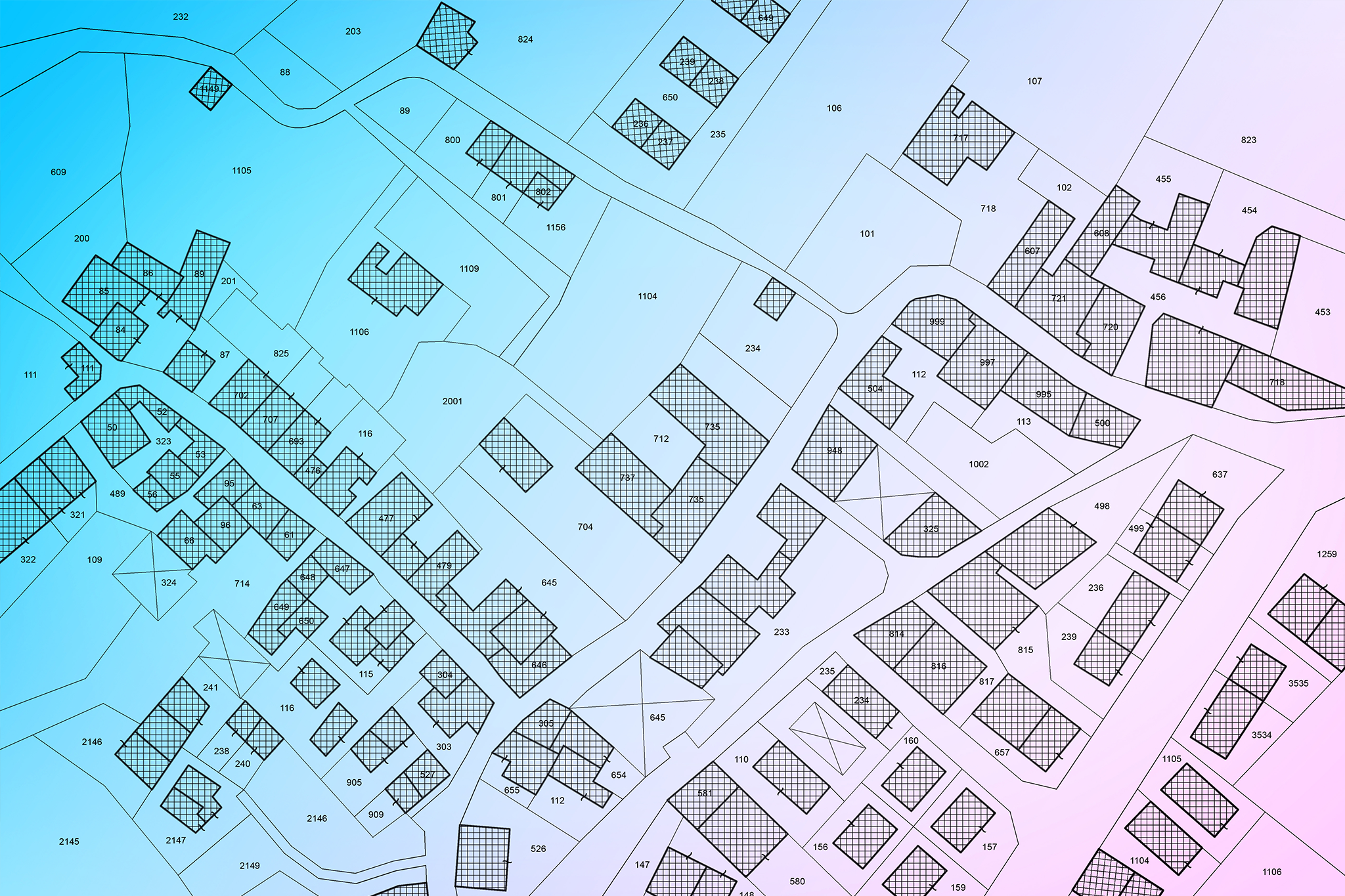

What you need to know about buying land in Perth
Keen to build? Fantastic! A great new home starts with the block, so set yourself up for success by
ensuring your block suits your needs. Here are some things to look out for.
Nature of the land
Orientation
Arguably the most important aspect of any block. A block that’s oriented north ensures your home
receives ample light throughout the day in winter but allows it to be shielded from the sun in
summer.
This means you’ll burn less power on heating or cooling your home, which is better for you, your
bills and the planet. However, if you can’t get your hands on a north-facing block, don’t be
disheartened. A skilled architect and builder can optimise what you have even on the trickiest sites.
Site Conditions
This one is pretty self explanatory – it describes the condition of various features of the site. This
includes soil, slope, existing vegetation and water table. Site conditions determine the amount of
preparation, or site works, that will be required before your build actually starts… even before the
foundations are laid. They can also have an effect on your final home design – positive or negative.
Existing trees could make nice, free features in your garden, or they could get in the way. A sloping
block might lead to lovely views from the second story, but the amount of support required to even
commence the build will be significant.
While modern construction and quality builders can find ways around almost anything nowadays,
the costs can add up. A build on a steep block densely packed with trees and clay soil is going to
cost you much, much more than a nice, flat, clear block on firm ground! In any case, make sure
you thoroughly investigate your site conditions before you commit to anything.
Dimensions
Like houses, blocks come in all shapes and sizes. Squares… rectangles… triangles… maybe even
somewhere in between. While strange shapes can lead to design challenges, they can also help
you buy in to a “better” suburb by coming in at a lower cost relative to the location. Plus, clever
design can make the most of any shape of block.
Boundaries
This is more for peace of mind than anything else, but have a licensed surveyor carry out a survey
report and double check that the boundaries of the lot on the physical ground match what’s written
in the official documents.
Potential of the land
Location
Location, location, location: you’ve heard it a million times and with good reason! Think about
amenities you need in the short and long-term and think about how far you’re willing to travel to
access them. Schools, shops, public transport, parks and medical facilities are things you want to
be close to, while busy freeways and airports can be a bit further away.
If you’re looking to rent out your property, location plays a huge role in demanding a higher rental
return.
Legal considerations
It’s not exactly thrilling but the legal side of your land purchase is no less important.
Get your hands on the Certificate of Title prior to your purchase. This lists the present owner and
existing mortgages, along with easements or restrictive covenants that might apply to the property.
Easements and restrictive covenants can dictate how the vacant land can be used – you can find
details about this through REIWA.
It’s a good idea to get to know the local city council. Each has its own requirements for newly-built
properties within its jurisdiction! A drive around the neighbourhood can help give you an idea of
what may or may not be acceptable – so take not of carports, fence heights, verges, positioning of
water heaters and air conditioning units and general aesthetics. However, keep in mind that some
homes may have been built before the most recent set of policies and regulations was issued, so
ultimately the written policies and regulations have final say on the following:
Zoning: your block zoning dictates what you can build, how you can build it and future uses for the
block (for example, subdivision). Zoning also advises your bushfire and flood risk, which may affect
your ability to finance the build and the overall build cost.
Local building compliance requirements: seek out the council’s “Built Form” policy. Acceptable
building materials, elevation styles, council requirements, setbacks for built structures from roads,
green space and sustainability – this will all be here.
Heritage: make sure your land isn’t heritage listed! Heritage listed land spells trouble for your home
design!
Building proposals or future developments: you might not be the only new build in the area!
Enquire about any approved neighbourhood builds. The block might not be that appealing if a
massive high rise of apartments is going up next door.
Infrastructure
Life won’t be very comfortable without power, water or the internet! Make sure the basics you need
are connected and accessible, or if they aren’t, that they can be connected. Factor in any costs to
your budget so you know your purchase is still in reach.
That’s It! Now you can buy land with confidence!
However, if you’re still a bit nervous – that’s where we come in. Our experts can help you with your
research, so don’t hesitate to get in touch and let’s get that home building journey started together.



